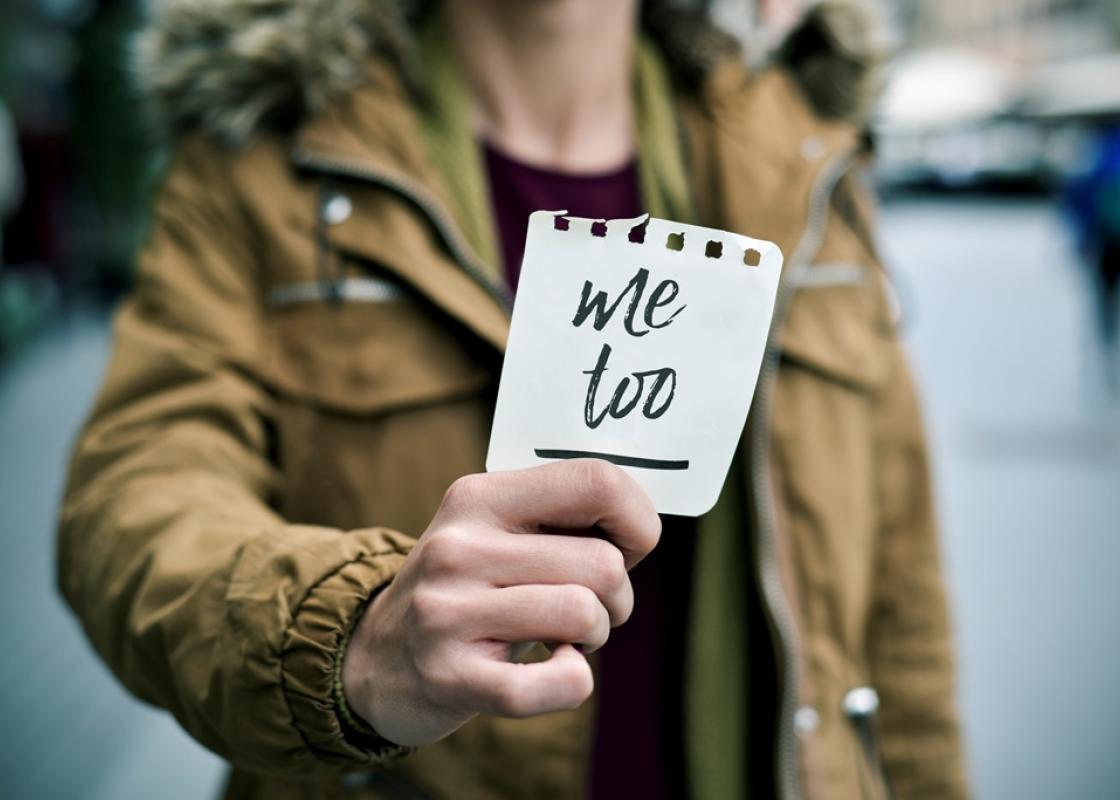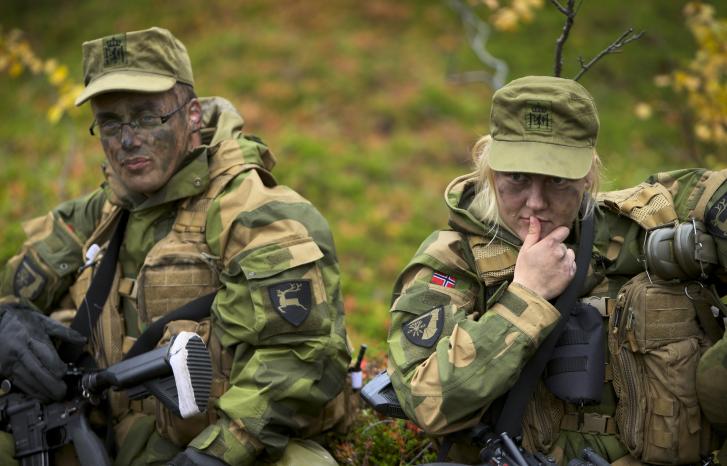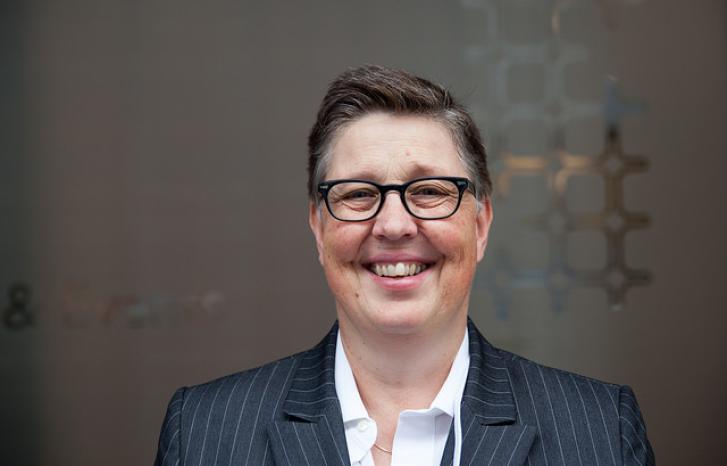“Many people don’t understand that women don’t talk up or talk back when they experience sexual harassment,” says Danish professor of political science Anette Borchorst.
Together with Lise Rolandsen Agustín, she has written the book Seksuel chikane på arbejdspladsen (‘Sexual harassment in the workplace’). The book appears at a time when sexual harassment is on everyone’s lips.
Since Jodi Kantor’s confrontation with Harvey Weinstein in The New York Times on 5 October last year, the campaign #metoo has taken its course throughout the world. In the social media, women share their experiences with sexual harassment, bullying and abuse. Both in Norway and internationally, women from industry after industry have gathered together and approached the media in order to demonstrate that sexual harassment occurs in their workplace. Actresses, musicians, journalists and researchers were among the first to emphasise the magnitude of the problem.
Borchorst and Agustín’s research throws light on some of the issues that allow sexual harassment to occur in the workplace, and they point to some of the most important explanations to why the #metoo campaign has swept the world.
The court trials are the tip of the iceberg
“Firstly, this is clearly a highly tabooed topic,” says Anette Borchorst.
She is not surprised by the most obvious from the #metoo campaign, namely that many people never talk about the harassment they are exposed to.
“The taboo dimension becomes particularly visible when we compare sexual harassment to other issues covered by the Danish equality act. It is not nearly as tabooed to make complains about pregnancy discrimination,” she says.
“It is never the case that someone notifies experiences of sexual harassment on their own initiative.”
The Danish researchers have studied 150 cases of sexual harassment from the 1970’s until today. The cases were tried in the Civil Court, the Civil Dispute Committee, the Equal Opportunities Commission and the Workers’ Compensation Committee. Additionally, they have interviewed employees from workers’ unions, employers’ associations and the Labour Inspection Authority, and they have analysed Danish political and public debate.
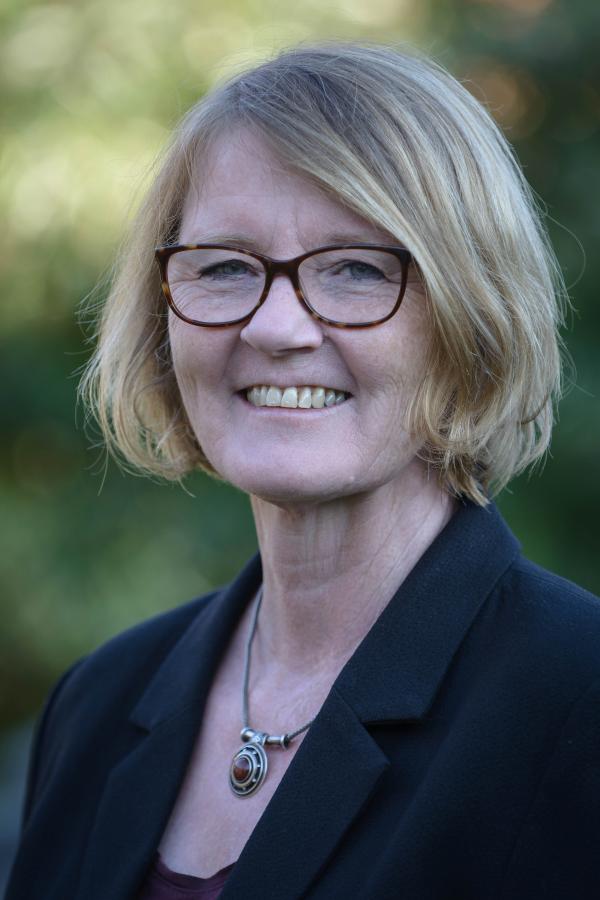
Very few cases reach the courts of law. According to Borchorst, the workers’ unions play a central role when it comes to taking the cases further up the system, but noticing that someone is being sexually harassed takes a trained eye. All the employees from the workers’ unions said the same thing in the interviews:
“It is never the case that someone notifies experiences of sexual harassment on their own initiative.”
They have looked at cases from various sectors. There are several male dominated sectors, but few cases from heavily male dominated industries such as building and construction. A major part of the cases is from the health sector. Here, the problem is divided:
“The official Danish picture is that harassment within the health sector primarily comes from the users. But colleagues and leaders also harass.”
“What surprised us was that many sectors had no cases. Actors and singers, for instance, who were among the first to take part in the #metoo campaign. Many workers’ unions focus on this, but many don’t.
According to Borchorst, the most severe cases are the ones that reach the courts of law. But many cases, even some of the more severe harassment cases, end in extrajudicial settlements instead.
“We know that trying a case is extremely upsetting. The workers’ unions tell those who consider taking cases to court to think it through carefully. It is as with rape cases, they have to prepare for their lives to be turned upside-down.”
This is not about sexual attraction, it is about power.
To Borchorst there is no doubt that the cases they have studied are only the top of the iceberg. She is thankful to the #metoo campaign for helping them explain this.
“If #metoo had not demonstrated the scope of the problem, we would have needed much more time to explain that there is a lot that never reaches the surface. It is hard to explain the amount of guilt and shame involved in this.”
“Now, the challenge is to change the campaign from being about spicy stories from the film and television industry to creating a constructive public debate. I am an optimist, I think something has begun that won’t disappear.”
The boss grabs, the women resign
In many of the cases, the harassment starts after a relationship with a colleague or a superior has ended. Or it may start after a female employee becomes single.
“When the woman becomes ‘free’, the harassment begins,” says Borchorst.
Yet the hope of a new partner or lover is not the core of the matter.
“This is not about sexual attraction, it is about power. The people who harass are those who have been longer in the workplace or those who have power, it lies in the hierarchy at work.”
They often consider things like: ‘Did I smile too warmly?’ or ‘was I not clear enough?’
In many of the cases the boss is the harasser.
“It may happen at a business trip, for instance. The secretary goes away on business, and when she arrives at her hotel she realises that only one room has been reserved.”
“In what kinds of workplaces do we find most sexual harassment?”
“In small shops, in hotels, offices and restaurants. What characterises several cases is that it happens in places where the harasser may be alone with the victim. But we also have cases from larger work places.”
“What consequences do the harassment have?”
“There is a clear pattern here: In almost every case the women are either fired or they choose to resign themselves.”
Sick notes are also common, which may affect family life and relationships.
“We know that many get divorced, but it is difficult to quantify.”
See also: Harassment leads to sport drop-out
Consequences for society
Some people are of the opinion that young women are more exposed, and according to Borchorst, uncertain working conditions may be decisive.
“Perhaps they’re unfamiliar with the tone in the workplace, and therefore not certain of what they have to put up with. But they may also be completely dependent on their employer. If they are interns, for instance, and want to resign, they may risk their entire career,” she says.
“Also ‘strong’ women are exposed to harassment. But when you’re older it is easier to identify it as precisely what it is.”
Although it is obvious that it is the men who have crossed the line, the women take much of the blame.
“They often consider things like: ‘Did I smile too warmly?’ or ‘was I not clear enough?’ Perhaps they played along in the beginning. We see that it often escalates and becomes too much. We also hear that those who notify harassment are met with reprisals.”
Among the 150 cases studied by the researchers, 55 are work injury cases. These are the cases that are most likely to win in the courts of law.
“They are the worst cases, although they are ‘easy’ in the sense that they are easier to win. But you need a serious diagnosis such as depression, anxiety or PTSD in order to win, otherwise you don’t stand a chance. You need to have been deprived of your ability to work.”
She thinks it is important to look at the consequences of the harassment in a socio-economical perspective.
“Women have to find new jobs, the workplaces need to train new employees. We have to consider this a problem for the entire workplace culture and for society as such, not just for the individual.”
Both in Norway and Denmark, men have partaken in the public debate claiming that #metoo does not take sexual harassment of men seriously.
“It is typically Danish that if a case concerning women get much attention in the media, men cry out that this also concerns them,” says Borchorst.
According to her, there are many indications that men are also affected by sexual harassment, and in the cases they have studied it is particularly gay men who both harass and are harassed.
“It is very shameful when it happens to men, too. But we need to get our proportions right,” she says.
Abuse of power and misunderstandings
Anette Borchorst emphasises that men do not harass because of sexual attraction, they do it to demonstrate power. Nevertheless, in the court of law it is word against word.
“The harassers often say that they acted in good faith. When the harasser is a colleague or a superior, they almost always admit that something has happened, but that it was mutual. They say that they thought the women were in on it and that the women haven’t been clear enough.”
When the researchers coded their material, they also found that the cases were particularly difficult if there was a highly sexualised tone in the workplace.
“Several cases are dismissed with the argument that ‘this is the culture here’. If the tone is very sexualised, the women tend to lose. It is not always the case, but it appears that they ‘just have to put up with it’.”
Female, attractive femininity is risky.
At a conference arranged by the Danish Labour Inspection Authority, Borchorst participated in a discussion on what one should do if one single person in the workplace says that she doesn’t tolerate that everybody else talks about sex. Should this one person be removed? Or should everybody else adjust to her wishes?
Although we may have different limits for what it is OK to talk about in the workplace, Borchorst is of the opinion that the limit is not as blurred as some of the participants in the debate say it is.
“Voluntary flirting is not harassment! This is not about a hand on the knee or a hug.”
“Some men do find it difficult to know the limits, so it has perhaps happened to more than one woman. It helps the case if seven other women can say that they have experienced harassment from the same man.”
In the interviews with the workers’ unions, the more experienced interviewees said that they always ask others in the workplace whether they too may have been exposed to harassment.
“One who visited a workplace asked whether others were affected too. Nobody answered there and then, but afterwards she received phone calls from seventeen people.”
The heterosexual norm
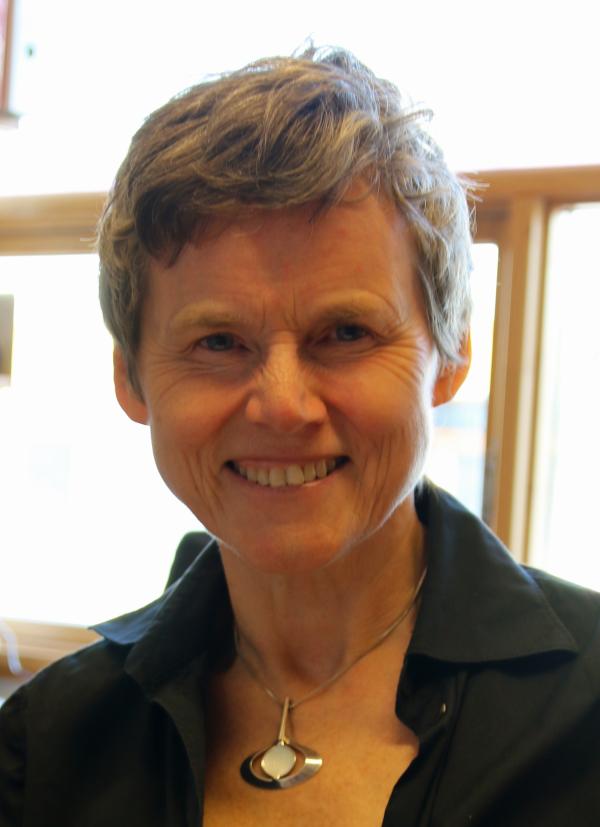
Agnes Bolsø at The Centre for Gender Studies at Norwegian University of Science and Technology (NTNU) has together with Siri Øyslebø Sørensen and Stine Helena Bang Svendsen recently published a book about gender in the male dominated business sector. According to her, we have to look at the hierarchy of heteronormality – the expectation that everybody is heterosexual.
“The hetero flirt is often a flirt based on symbolic differences between the masculine and the feminine, differences that are connected to a power asymmetry,” she says.
According to her, this has an aesthetic dimension.
“Female, attractive femininity is risky.”
“The flirt and the hetero aesthetics establish and maintain power hierarchies between men and women.”
She thinks this is the reason why direct harassment is only the top of the iceberg, and says that the hierarchy involved in heterosexual flirting and aesthetics should be made visible and discussed.
“We need to dare to look at ourselves in the mirror and criticise what we consider normal.”
Bolsø believes that most Norwegian men are brought up well in this area, but she nevertheless speculates with regard to some possible challenges:
“It is not unreasonable to expect that men in previously male dominated workplaces have to work hard with themselves to get used to the fact that female colleagues are not necessarily sexually available. They need to learn that this is not only about abstaining from direct harassment and violations, but also that more subtle sexualising and jesting undermining based on gender is out of the question.”
Suggests zero tolerance
The prevention of sexual harassment has to do with knowledge. According to Bolsø, both employers and those who develop policies and legislation on sexual harassment need to understand the more subtle connections between sexuality and power.
“Everyone with a reasonably good up-bringing can manage to abstain from harassing. But leaders and legislators need to understand more. They also have to acquire knowledge that takes time to read and comprehend. That is the way it is with everything that really matters.”
Bolsø is convinced that we need a policy concerning the intimate and sexual desire, but thinks the solutions need to be tailor-made.
“There is no such thing as a one-size-fits-all solution here. This needs to be studied and developed collectively within the individual organisations.”
This is so tabooed that it must be possible to notify without any risk at all.
Anette Borchorst is also preoccupied with the prevention of sexual harassment in the workplace.
“First and foremost, it is important that we have a policy and a culture saying that this is something we don’t tolerate. Zero tolerance – then procedures.”
“Employees need to have a place to go for help. This is so tabooed that it must be possible to notify without any risk at all. And the employers need to know that this is their responsibility.”
She thinks the workers’ unions need to offer training to employers and judges on how to tackle notifications of sexual harassment. Most importantly, the union officials must be trained in how to talk about it.
“If the first thing you encounter in your workers’ union is an older man who doesn’t think this is really important, the case is already dead.”
In order to prevent sexual harassment, Borchorst also believes it is a good idea to have guidelines for employees in asymmetrical power relationships.
“It should be signalled clearly that one should not enter into sexual relationships – even voluntary ones – with someone who are dependent upon you. This applies whether you supervise students or PhD candidates or whether you’re someone’s boss.”
“Falling in love should of course be allowed, there’s a reason why twenty per cent meet their partner in the workplace.”
“But if you go to bed with the interns again and again, then it is a problem.”
Translated by Cathinka Dahl Hambro.
Want to read about the #metoo campaign and Norwegian law? Read the article Norwegian gender equality measures criticised by experts.
Anette Borchorst is professor of political science at Aalborg University in Denmark. She has written the book Seksuel chikane på arbejdspladsen – Faglige, politiske og retslige spor (‘Sexual harassment in the workplace – professional, political and juridical traces’) with Linda Rolandsen Agustín, who is associate professor at Department of Culture and Global Studies at Aalborg University.
